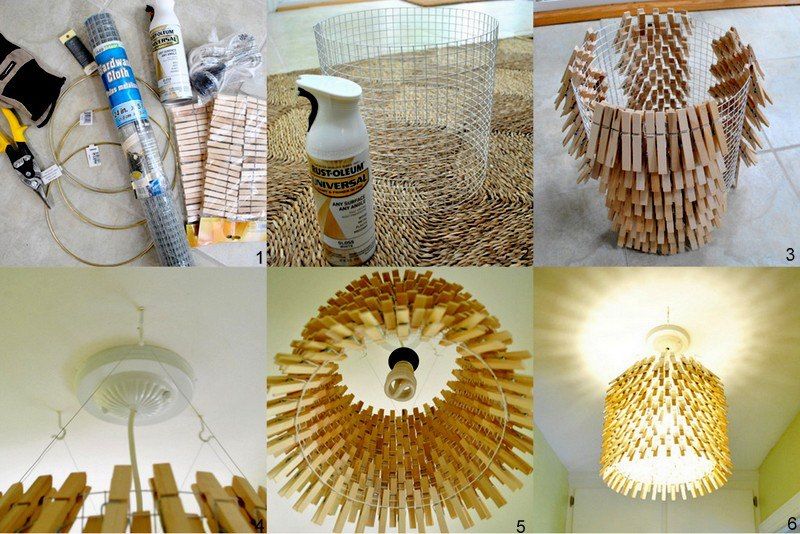If you’re wondering whether or not an electromagnetic pulse (EMP) may damage an unplugged electronic device, remember that such a surge of energy can destroy the circuits of most commercial gadgets. In practical terms, the answer is “yes.” The metal component of the device would serve as an antenna. A Faraday cage is an essential conductive barrier used to safeguard electronic equipment. A Faraday cage is as easy to make as enclosing an object with aluminum foil and putting it in a box. When you shut it, be sure there are no spaces between the parts.

In this blog, we’ll show you how to protect electronics from emp by constructing a Faraday cage with inexpensive materials to shield your devices from electromagnetic pulses.
Significant Information
- Make a faraday cage out of a shoebox, aluminum foil, a metal bucket, and aluminum tape.
- No matter what you use for most of your faraday cage, don’t forget to seal any openings with aluminum tape.
- DIY faraday cage projects should be tested using a mobile phone to confirm that no signals are getting through.
Aluminum Foil Conversion Of A Shoe Box
Things needed:
Heavy-duty aluminum foil
Measuring tape
Scotch tape
Shoebox
Procedure:
Choose A Shoebox That Has A Lid
Try to find a dry, sturdy shoe box. If you use aluminum foil to cover a cardboard structure, the cardboard must be in good shape. Shoe boxes are convenient since they often come with a cover, although other types of containers can be used if necessary.
Get The Box’s Exact Measurements
It would help if you used as much continuous foil to cover the box as possible. Taking measures of the box in advance will make this process easier.
Measure And Cut 3 Aluminum Foil Pieces
Using the length, you calculated in the previous step, unroll the foil until it is that size. Then, cut the excess with a razor blade or the blades of the aluminum foil packaging. Then, do it twice more to get three foil strips of the same length.
The Shoe Box Should Be Centered On The First Piece Of Foil
You’ll see that the rectangle of aluminum foil on your table has two long and two shorter sides. Place the box on the sheet with its longer sides parallel to the foil’s longer sides so that their shapes are complementary.
Cover The Box With Foil And Secure It With Tape
Your 1-inch (2.5 cm) increase in measurement will allow the foil to overhang the box by about.5 inches (1.3 cm) on each side. If there is any surplus foil, fold it inside the box and secure it with tape.
Wrap The Remaining Two Sheets Of Foil Around The Box’s Sides
Then, using the short sides and bottom of the box as guides, fold about.5 inches (1.3 cm) of foil into the inside of the box on one side, and wrap the sheet around the box. Wrap the foil around it and secure it with tape. To finish, flip the remaining piece of foil over and repeat the steps from the other side.
Cut Another Foil Using The Shoe Box Top As A Reference
Just one piece of aluminum foil will do to cover the top of the box. The box top is placed on the foil, which has been stretched out on the table. Having laid out enough foil to cover the whole lid, snip off a section using a razor blade or the box’s teeth.
Wrap The Foil Around The Top And Tape It Down
Scotch tape will keep the foil in place once you’ve folded it to fit the top and sides of the lid.
Close the cover and place your electronics inside the box. When the foil on the lid touches the foil on the shoebox, it forms a barrier that can deflect the EMP’s energy away from the electronics within.
The Bucket Faraday Cage
Things needed:
Aluminum tape, Cardboard, Galvanized metal bucket with lid
Procedure:
Get Yourself A Bucket Made Out Of Galvanized Metal
The Faraday cage will be made out of the bucket. Make sure the label says the bucket is made of galvanized metal. The contents you desire to shield inside your Faraday cage will determine the size of the bucket you choose.
Tape Bucket Seams With Aluminum Tape
A galvanized metal bucket is impermeable to water, yet an EMP might potentially penetrate the seam produced during construction. If you want to avoid this, you can seal the seam where the metal was joined by filling aluminum foil inside the bucket.
Apply Aluminum Tape To Bucket And Lid Handles
It just takes a little hole in the metal of the bucket or lid for an electromagnetic pulse to destroy the devices within your Faraday cage. Tape strips of aluminum foil inside the bucket and under the lid to avoid this.
Place Some Cardboard Inside The Bucket
Your electronics must have an insulating barrier between them and the external metal. A smaller rubber or plastic bucket can be bought and placed within the bigger galvanized metal bucket, or you can use cardboard to line the interior of both. Rather than using aluminum tape to hold the cardboard in place, try using masking tape instead.
Put In Your Gadgets Here
Get a cardboard box or a large bucket and cover the inside of the Faraday cage with it, then place your devices inside. Next, cover the bucket’s opening with the lid. The cage should work with only the top and bucket making direct metal-on-metal contact, but if you want extra safety, you may use aluminum tape to seal the bucket tight.
Conclusion
The effects of an electromagnetic pulse (EMP) attack on society are negative in both the short and long terms. Protecting your gadgets and home appliances from EMP attacks is not a complicated task that the government can only undertake. There’s a strong chance you won’t ever have to use the coverage, but you should still consider whether or not you’re comfortable taking that chance.
It is possible to survive an EMP, but you should be ready for it if you have very little notice. Along with the standard recommendations of keeping food, water, and medical supplies on hand, having functional electronic gadgets can allow you to stay connected to what’s happening.
Therefore, you must take all necessary measures to ensure the proper functioning of your home’s electrical appliances and devices. You can secure your devices in a few ways, but you should still be vigilant.






